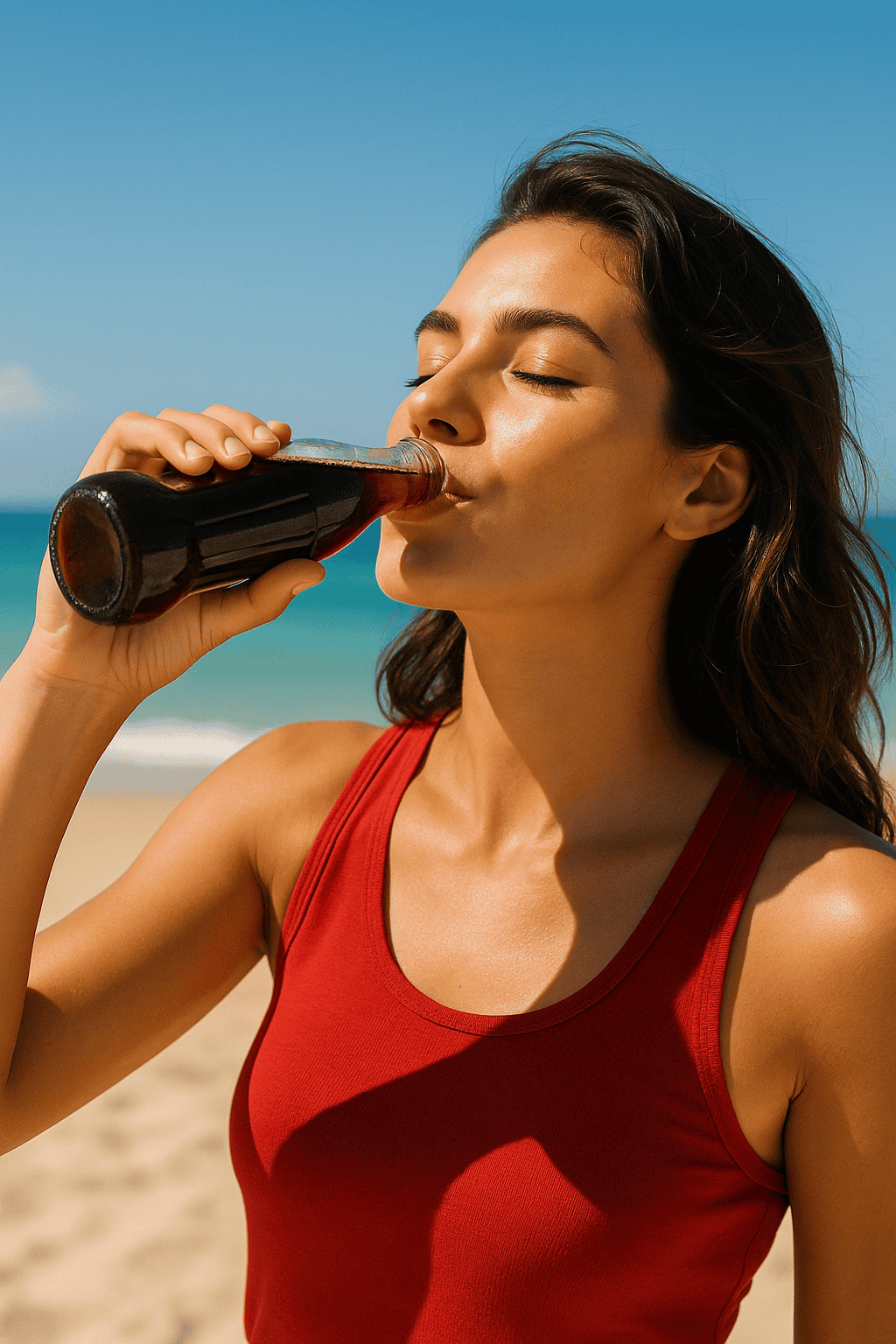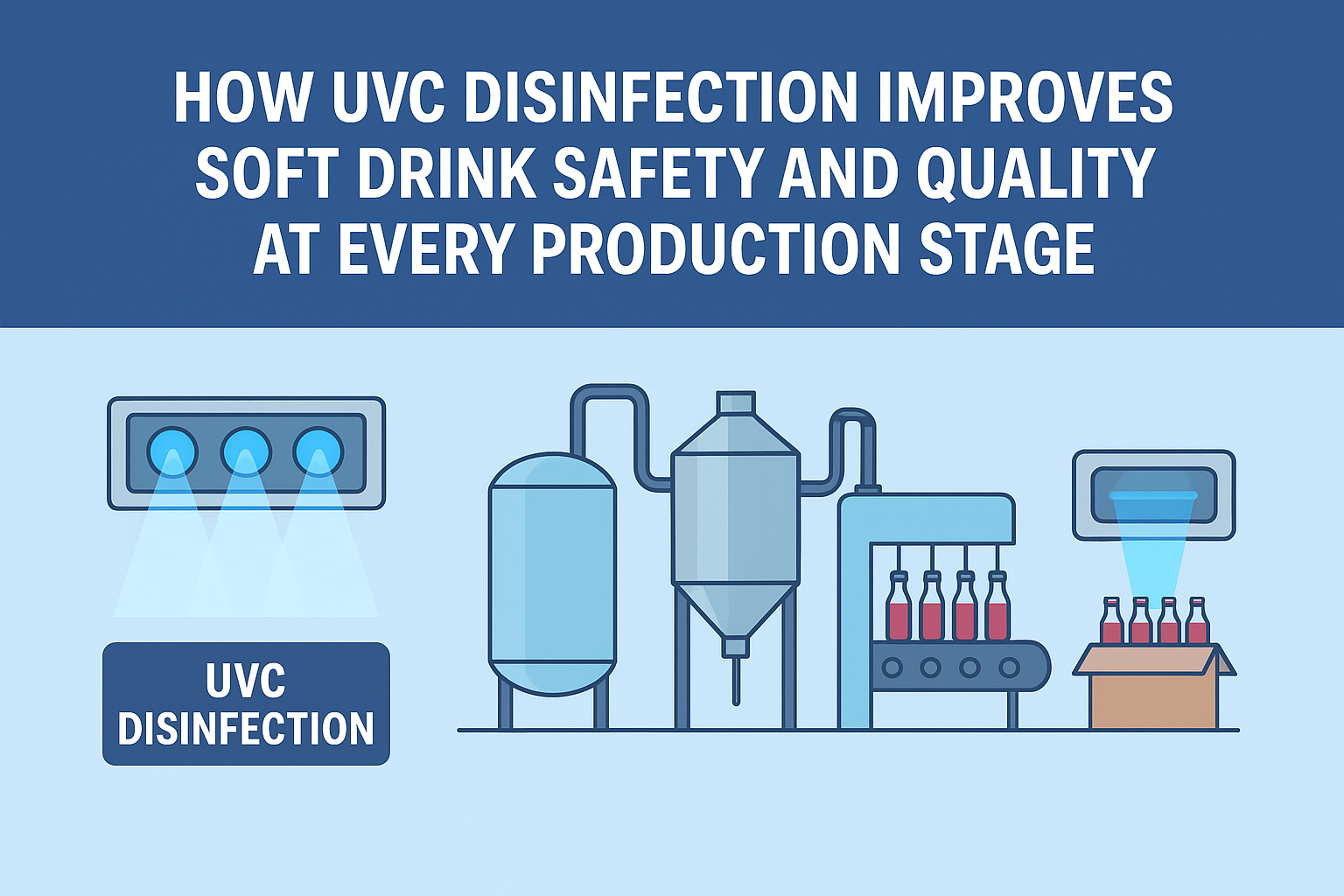Why UVC Belongs in Every Soft-Drink Manufacturer’s Safety Toolbox
If you make soft drinks, from sodas and flavored waters to juice-forward beverages, you already know that product safety and shelf life are non-negotiable. Ultraviolet-C (UVC, 200–280 nm) disinfection is a proven, chemical-free technology that manufacturers can deploy at various stages of commercial production to reduce microbial risk, minimize chemical use, and maintain product quality. Join us as we explore the practical applications of UVC in beverage plants and the benefits it offers.
Quick reality check: why UV - C?
UVC inactivates microorganisms by damaging their nucleic acids. It is fast, requires no heat or chemical residues, and modern UVC LEDs give more flexible system designs. Extensive reviews and industry guidance show UVC is effective for liquid processing (when hydrodynamics and turbidity are managed) and for surface and air disinfection in manufacturing environments. [1][7]
Stages in soft-drink production where UVC adds value
1) Incoming and process water (pre-mix and carbonator water)
Water is often the biggest ingredient by weight. Municipal or well water used as ingredient or for dilution is a primary route for microbes and protozoa. Point-of-entry or point-of-use UVC reactors can reliably inactivate bacteria, viruses, and protozoa without altering taste. They are widely used in bottled-water and beverage plants as part of multi-barrier systems. Make sure systems meet recognized performance standards such as NSF/ANSI 55 for UV water treatment (For Example: Aquisense’s PearlAqua Line). [2][6]
2) Ingredient syrups and aseptic mixers
Sugar syrups, concentrates, and flavor solutions can carry spoilage organisms. For clear or low-turbidity liquid ingredients, UV-C flow reactors, such as continuous reactors or thin-film chambers, can reduce microbial loads while preserving flavor and nutrients better than heat for some products. Efficacy depends on optical properties and fluid dynamics. Validate UV dose and confirm you meet any regulatory microbial reduction targets, such as the FDA juice 5-log requirement when applicable. [4][5]
3) Bottle, can surface, and closure sanitation (pre-fill)
Surfaces of bottles, caps, and cans entering the fill line are contamination risks. UVC tunnels or lamp banks can disinfect exterior surfaces and closures quickly in high-throughput lines. This is especially helpful as a complement to chemical sanitation because it reduces chemical load and cycle time while lowering residue concerns. [8][9]
4) Fill-zone air and environmental control
Aerosolized microbes in the filling area can cause post-fill contamination. Upper-air or in-duct UVC, combined with good HVAC filtration, reduces airborne microbial burden. For critical aseptic fills, such as some cold-fill juices, UVC is commonly used as part of environmental control strategies. [3][10]
5) Conveyor belts, food-contact surfaces, and CIP support
Periodic UVC surface treatment can supplement chemical cleaning of conveyors, gaskets, and non-porous food contact parts between runs, especially where residues or heat sensitivity limit other options. UVC can help extend the interval between deep cleans if used as part of a validated sanitation schedule. [10]
6) Final product treatment for certain beverage types
For clear, low-turbidity liquids such as bottled waters, some clear juices, and mixers, validated UVC pasteurization systems can be used as an alternative or adjunct to heat pasteurization to extend shelf life and reduce pathogens while better preserving fresh flavor in some cases. Matrix characteristics such as color, suspended solids, and UV absorbance strongly affect success. [1][5]
Benefits for soft-drink manufacturers
Addressing mold promptly provides several important benefits:
Chemical-free disinfection with no residual taste or byproducts.
Fewer product recalls and extended shelf life
Rapid treatment and easy integration into continuous lines.
Reduced thermal damage to heat-sensitive ingredients such as flavors and vitamins.
Emerging UVC LED technology enables compact, targeted solutions with instant on/off and lower maintenance.
Bottom line
UVC is a mature and flexible tool that, when properly implemented, can strengthen your beverage safety system across multiple production stages: water treatment, ingredient handling, surface and air control, and even final-product treatment for some clear liquids. For forward-thinking soft-drink manufacturers, UVC offers a route to cleaner and safer beverages with a lower chemical footprint and often improved final taste quality.
Discover how UV-C treatment is transforming soft drink production—contact us today to explore the possibilities.
- Britt Hafner
References
Mansur AR, et al., A Review of the Efficacy of Ultraviolet C Irradiation for Fruit Juices and Similar Liquids. (2023). PMC review on UV-C efficacy in liquid foods. PMC
EPA, Ultraviolet Disinfection Guidance Manual (2006). Technical guidance for UV water disinfection. US EPA
EPA, The Ultraviolet (UV) Treatment Toolkit. Practical considerations for UV systems. US EPA
FDA guidance and regulatory notices on juice HACCP and irradiation treatments (covering microbial reduction claims). U.S. Food and Drug Administration / Federal Register
Abdul Karim Shah NN, Fruit Juice Production Using Ultraviolet Pasteurization. MDPI (2016) — review of UV pasteurization techniques and quality outcomes. MDPI
NSF/ANSI resources on UV water treatment systems (NSF/ANSI 55, briefings on recent revisions). NSFThe ANSI Blog
Nicolau T., A Comprehensive Analysis of UVC LEDs' Applications (2022) — review of UVC-LED advantages and performance. PMC
Industry application note: UV Water Treatment in the Beverage Industry (Hach/Aquafine PDF) — practical guidance for beverage bottlers. Hach
Advanced UV, Inc.:Food & Beverage Industry. Advanced UV. From Advanced UV website Advanced UV
Whittaker, L. (2022, July 28). Ultraviolet light in food processing: A guide for manufacturers. Food Ingredients Global Insights. Fi Global Insights



